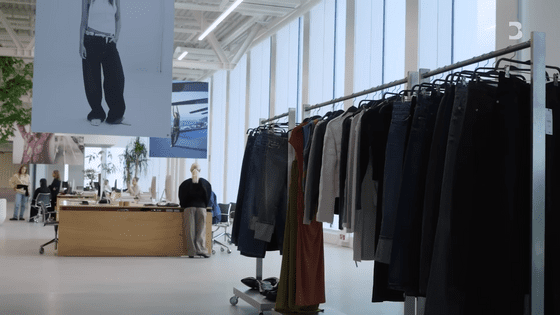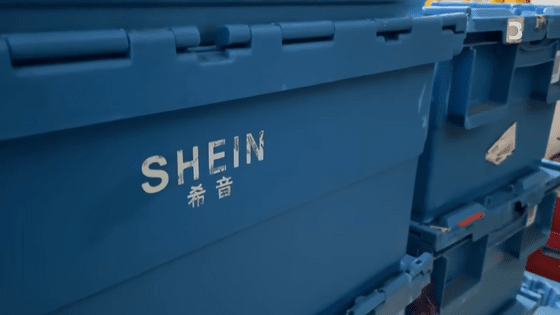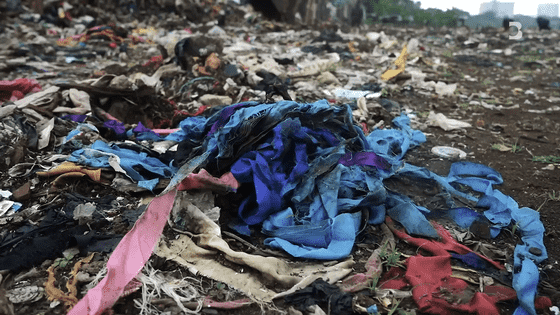Inside the unknown secrets of Spain's largest apparel company, ZARA

Inside the Secret World of Zara - YouTube
ZARA, a core member of Inditex , an apparel manufacturer that operates in over 200 markets around the world, has been popular around the world since its founding in 1975, and as of 2024, accounts for approximately 70% of Inditex's sales.

The reason for ZARA's success is said to be its unique logistics strategy. Unlike many apparel companies that have production bases in Asia, ZARA has most of its production bases in neighboring countries, mainly Spain, such as Portugal, Morocco, and Turkey. This 'proximate production' allows for quick delivery of products to stores, and it is said that it is possible to stock new products every 4 to 5 days in about 80% of stores.

In addition, all products are collected at a distribution center in Spain, repackaged and shipped according to the needs of stores around the world. This flexible distribution system is one of ZARA's major strengths in the highly competitive retail industry.

ZARA, which spends very little on advertising, has increased brand awareness by having celebrities such as the Queen of Spain wear its clothes, and stimulates consumer purchasing desire with innovative image photos that capture the emotions customers feel when wearing the clothes. In addition, by actively opening large stores, ZARA has increased the opportunities for customers to actually try on products, differentiating itself from online shopping.

In addition, ZARA assigns 'product managers' to each store in charge of the area, who monitor the situation in each area in real time and analyze the latest trends and demand. The information collected by these product managers is passed on to designers and buyers, who then develop products. In order to quickly respond to changes in fashion and weather, ZARA designs and launches products in just six weeks.

However, due to its nature as a fast fashion brand, ZARA has created a cycle of mass production, mass consumption, and mass waste, and has been criticized for various environmental impacts, such as increased water and energy consumption and the problem of microplastics.

In addition, the rise of Chinese fast fashion brands Shein and Temu is also a major threat to ZARA, and they are taking away ZARA's market share, especially in the U.S. market. Shein and Temu are using their thorough low-price strategies and lax environmental regulations to attract customers, mainly young people.

To compete with these competing brands, ZARA is faced with the need to strengthen its environmental efforts. In fact, 10 billion kg of clothing waste is generated annually in the United States alone, and the fashion industry, including ZARA, accounts for about 20% of the 300 million tons of plastic produced annually. Therefore, ZARA has set a goal of achieving net zero greenhouse gas emissions by 2040.

In addition, ZARA is working to extend the life of clothing and reduce the amount of clothing that is discarded by providing a clothing repair service, and is expanding the use of materials that have a lower environmental impact. ZARA is also working to improve the transparency of its supply chain and strengthen its efforts to further environmental and social issues.

Related Posts:







